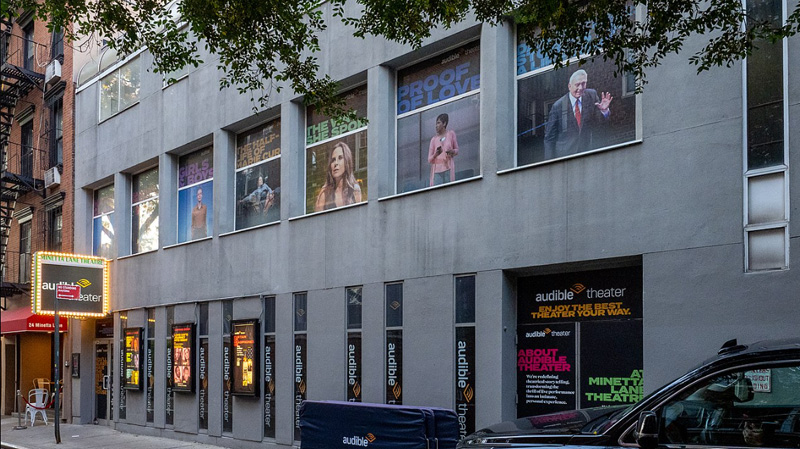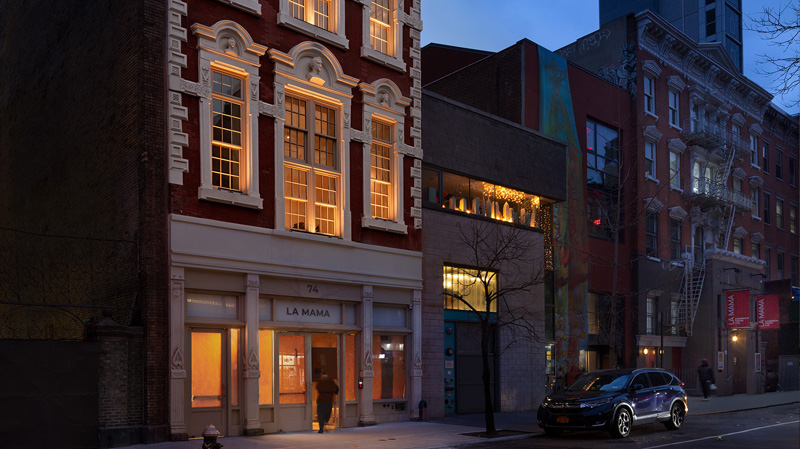
The theater in New York has a history of about 265 years. Over the years the theater became synonymous with New York and Broadway became synonymous with theater. Thousands of shows with millions of people have flown from the theaters of New York. But how many are there, where are they, what is their history?
Broadway theaters

The Broadway Theaters, or simply Broadway, are a collection of 40 professional theaters with 500 or more seats located in the Theater District and Lincoln Center along Broadway Avenue in Manhattan, New York City. Along with the theaters of London’s West End, Broadway theaters are considered to represent the highest level of commercial theater in the English-speaking world. Broadway theaters are a popular tourist attraction in New York. According to The Broadway League, Broadway sold approximately $1.193 billion worth of tickets in calendar year 2013, compared to $1.158 billion in 2012. Attendance in 2013 was 11,580,000.
New York did not have a significant theatrical presence until about 1750, when actors and managers Walter Murray and Thomas Kean established a domestic theater company at the Nassau Street Theatre, which seated about 280 people. They presented plays by Shakespeare and operas such as The Beggar’s Opera.
The two oldest operating theaters in Manhattan are the Lyceum Theater and the New Amsterdam Theater which opened in 1903. The largest Broadway theater is the Gershwin Theater with 1900 seats and the smallest is the Helen Hayes Theater with 597 seats.
Broadway productions and artists are honored by the annual Tony Awards, presented by the American Theater Wing and the Broadway League, first presented in 1947. The Tonys are Broadway’s most prestigious awards, comparable to the motion picture Oscars.
The 5 longest running Broadway shows are:
- The Phantom of the Opera (1988 – 2023)
- Cats (1982 – 2000)
- Chicago (1996 – today)
- The Lion King (1997 – today)
- Les Misérables (1987 – 2003)
Off-Broadway theaters

An Off-Broadway theater is a professional theater in New York City, with a capacity of between 100 and 499 seats. These theaters are smaller than Broadway theaters. It originally referred to a theater’s location on a street that intersects Broadway Avenue, but the term was later adopted by the Off-Broadway Theater and Producers Association for New York’s professional theaters with a seating capacity of between 100 and 499.
Off-Broadway shows, actors and creative staff have their own awards. Although Off-Broadway shows are not eligible for Tony Awards, an exception was made in 1956 (before the rules were changed), when Lotte Lenya won the Tony Award for “Best Performance by a Featured Actress in a Musical,” for the production of Off-Broadway, The Threepenny Opera. Too many shows started off-Broadway and then because of success were “promoted” to Broadway shows.
Off-Broadway theaters number 50 plus some that have either closed or are being renovated.
Off-Off-Broadway theaters

Off-Off-Broadway theater productions in New York are those performed in theaters or venues that are smaller than Broadway and Off-Broadway theaters. Off-Off-Broadway theaters are often defined as theaters that have fewer than 100 seats, although the term can be used for any show in the New York City area that employs non-Off-Broadway or Broadway performers.
Off-Off-Broadway theaters and venues cannot be counted since performances may take place in small theaters, bars, clubs, restaurants, or other places where people gather.


